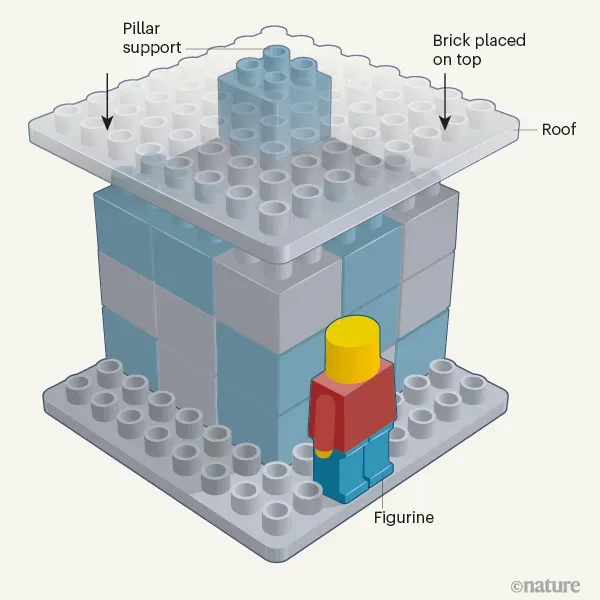We’ve all been there. Faced with a problem—underperforming product, slowing growth, lack of organisational clarity, clunky processes—what’s the default reaction? Add something. New feature. New initiative. New meeting. Another layer of management. Another slide in the deck.
But as a fascinating body of research shows, subtraction—removing, simplifying, streamlining—is not only underused, it’s often the more powerful solution.
The Lego Experiment That Proved the Point
Let’s start with a fascinating study from Nature. Participants were shown a small, unstable Lego structure and told to stabilise it. They could either add more bricks—at a cost—or remove a single block for free. Only 41% thought to subtract. But when participants were explicitly told that subtraction was an option? That jumped to 61%.

In other words, our brains are wired to add, not subtract—even when subtraction is faster, cheaper, and better.
Why This Matters for Strategy
This additive bias shows up across the business. We build five-year strategic plans bloated with initiatives. We launch new programs without retiring old ones. We add features rather than remove those that get in our users' way. We keep layers of process, platforms, and goals long after they’ve outlived their usefulness.
But every new thing you add costs time, money, cognitive load, and attention. That’s why subtraction is so powerful: it creates space—for great user experiences, for focus, for agility, for doing the things that actually matter.
Subtraction in Action: What the HBR Article Tells Us
In Harvard Business Review’s “When Subtraction Adds Value”, researchers showed how subtraction can improve organisations and outcomes as well. Just like that Lego study above, they found that when stakeholders suggested hundreds of ways to improve an organisation, fewer than 10% of those improvements involved taking something away. Another case study: when a university redesigned its campus to improve accessibility, the instinct was to add ramps and elevators. But the better solution? Rethink the flow of the entire campus layout, eliminating unnecessary stairs altogether - improving not just accessibility but everyone's experience of the campus.
They also highlight how managers often improve workflows by removing steps—an approval process here, a redundant report there—rather than just bolting more policies on top. The end result: faster decision-making, happier employees, and better outcomes.
NOkrs: The OKRs We Need
This is where Deborah Ko’s idea of “NOKRs” (“No KRs”) comes in—one of the simplest, smartest mental models I’ve seen in years. NOKRs ask: what are we not doing? What are we going to remove? What goals can we explicitly choose to stop chasing?
In a world where OKRs keep piling up quarter after quarter, we keep building new features, where strategy decks never seem to shrink, NOKRs force clarity. They give permission to kill zombies—those half-alive features or initiatives that still consume time, support cost, and attention. And they help teams focus on what truly matters.
Cognitive Load and the Curse of Busyness
The original Nature study also found that under cognitive load—i.e., when our brains are busy juggling multiple tasks—we're even less likely to think of subtracting. Sound familiar? In today's always-on, Zoom-filled, Slack-dinged work environments, cognitive load is the baseline. Which means we’re all operating with a bias toward adding complexity.
That’s why subtraction has to be intentional. Systematic. Cultural.
Making Subtraction a Strategic Habit
Here’s how to start building subtraction into your strategic toolkit:
- Add “What can we remove?” to every problem-solving session. Make it a default question, not an afterthought.
- Introduce NOkrs in your OKRs. Decide what not to focus on, what to kill off, what to stop pretending you’ll get around to.
- Review your processes ruthlessly. Look for meetings, reports, sign-offs, tools, or rules that don’t pull their weight.
- Celebrate subtraction wins. Make heroes of people who simplify, not just those who launch big shiny things.
- Design for simplicity upfront. Don’t wait until things are broken. Bake in a subtractive mindset from the beginning—whether you're shaping a strategy, rethinking an org structure, or redesigning a product.
The Big Idea: Strategic Simplicity
We don’t subtract because it feels like giving something up. But in reality, we’re gaining space, clarity, focus, and efficiency. In a world of infinite possibilities and constant cognitive load, the best strategy often isn’t to do more—it’s to do less, better.
And that’s not just good product management. That’s good leadership and strategy.


